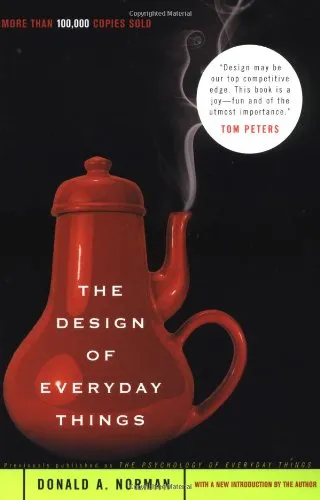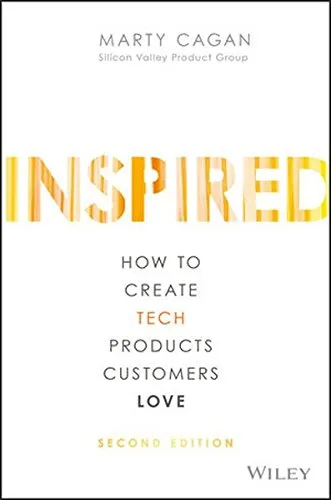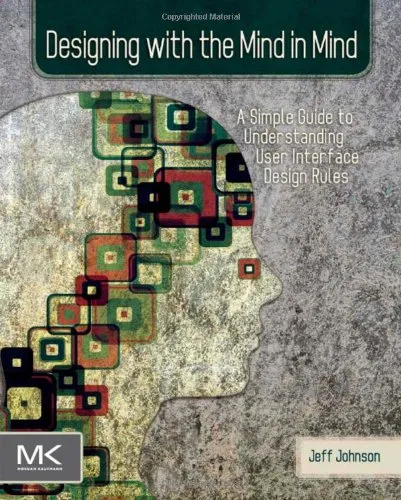The Design of Everyday Things
4.2
Reviews from our users

You Can Ask your questions from this book's AI after Login
Each download or ask from book AI costs 2 points. To earn more free points, please visit the Points Guide Page and complete some valuable actions.Related Refrences:
Persian Summary
Introduction to 'The Design of Everyday Things'
Written by Donald A. Norman, 'The Design of Everyday Things' is a seminal work that delves into the fundamental principles of user-centered design. The book explores how mundane objects can provide profound insights into human behavior and user experience.
Detailed Summary of the Book
In 'The Design of Everyday Things,' Norman embarks on a journey to unpack the complexities of design. He illustrates how user-centered design is pivotal for creating functional, intuitive, and enjoyable objects. Throughout the book, Norman emphasizes the importance of understanding the psychology behind human interaction with objects, advocating for designs that cater to usability and human needs.
Norman introduces key concepts such as affordances, signifiers, and the iterative design process. Affordances refer to the possible actions that an object suggests, while signifiers are cues that guide the user on how to use the object effectively. The book dissects the notion of "user error," suggesting that poor design is often the culprit behind such mistakes.
Through numerous examples and case studies, Norman highlights both flawed and innovative designs, showcasing how design impacts our daily lives. His insights extend beyond physical objects to software interfaces, emphasizing the importance of user feedback and error recovery in enhancing usability.
Key Takeaways
- User-Centric Design: Focus on the needs and experiences of the user to create intuitive designs.
- Importance of Feedback: Enable active communication between the user and the product to ensure a seamless interaction.
- Error Management: Design should minimize the chance of errors and provide ways to recover gracefully.
- Affordances and Signifiers: Understand and utilize these concepts to improve product interaction.
Famous Quotes from the Book
"When you have trouble with things—whether it’s figuring out whether to push or pull a door or the arbitrary vagaries of the modern computer and electronics industry—it’s not your fault. Don’t blame yourself: blame the designer."
"The design of everyday things is in great danger of becoming the design of superfluous, overloaded, unnecessary things."
Why This Book Matters
'The Design of Everyday Things' remains a cornerstone in the realm of design literature. Its exploration of the intricate relationship between humans and objects offers vital insights for designers, engineers, and anyone interested in enhancing user experience. By championing the cause of intuitive and user-centered design, Norman's work inspires better product development, ensuring that functionality and user satisfaction are paramount.
This book is not only a guide for professionals in the field but also an eye-opener for everyday consumers, promoting a deeper understanding of the role design plays in our interactions with the world. In an age where technology continually evolves, Norman's insights remain relevant, offering timeless principles that guide the creation of practical and human-focused designs.
Free Direct Download
You Can Download this book after Login
Accessing books through legal platforms and public libraries not only supports the rights of authors and publishers but also contributes to the sustainability of reading culture. Before downloading, please take a moment to consider these options.
Find this book on other platforms:
WorldCat helps you find books in libraries worldwide.
See ratings, reviews, and discussions on Goodreads.
Find and buy rare or used books on AbeBooks.
1564
بازدید4.2
امتیاز0
نظر98%
رضایتReviews:
4.2
Based on 0 users review
Questions & Answers
Ask questions about this book or help others by answering
No questions yet. Be the first to ask!











